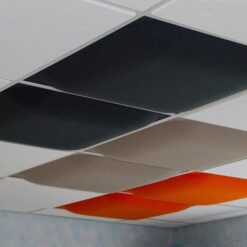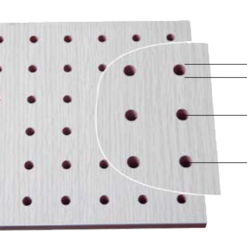Construction Noise & Vibration Monitoring
Focus on assessing, managing, and mitigating the impact of noise and vibration generated by construction activities. These services are important for ensuring compliance with regulations, minimizing disturbances to nearby communities, and maintaining a safe work environment.
- Conducting studies to assess the potential impact of construction-related noise on the surrounding environment, including residential and commercial areas.
- Evaluating compliance with local, national, and international noise regulations and standards.
Assessing the impact of ground-borne vibrations generated by construction activities on nearby structures, utilities, and sensitive receptors.
Establishing baseline measurements of existing noise and vibration levels in the vicinity of construction sites before the commencement of activities.
- Utilizing specialized equipment to continuously monitor and measure noise and vibration levels during various construction phases.
- Identifying specific sources of noise and vibration, such as heavy machinery, pile driving, or blasting.
- Utilizing computer models to predict the potential noise and vibration impacts of planned construction activities.
- Assisting in the design phase to implement measures that minimize potential impacts.
Recommending and implementing measures to control or mitigate noise and vibration emissions, such as the use of sound barriers, vibration isolators, and scheduling restrictions.
- Engaging with local communities to address concerns related to construction noise and vibration.
- Providing information to the public about the construction timeline, potential impacts, and mitigation measures.
Assisting construction companies in understanding and complying with relevant noise and vibration regulations, permits, and standards.
Implementing measures to protect the health and safety of construction workers, including the use of personal protective equipment (PPE) and engineering controls.
- Providing detailed documentation of noise and vibration monitoring results.
- Generating reports for regulatory authorities, construction project stakeholders, and the public.
- Ensuring that construction activities adhere to established noise and vibration limits and regulations.
- Providing real-time feedback to construction site operators to make adjustments if necessary.
- Deploying specialized noise monitoring equipment that can operate remotely and provide real-time data on noise levels.
- Utilizing advanced sensors and monitoring systems that can be placed strategically around the construction site.
- Implementing automated data collection systems that continuously measure and record noise levels.
- Transmitting data in real-time to a central monitoring station or cloud-based platform.

 Silentical 2/2/1.2 Wooden Micro-Perforated Panel
Silentical 2/2/1.2 Wooden Micro-Perforated Panel  Silentical Polyester Fiber Acoustic Ceiling Panels
Silentical Polyester Fiber Acoustic Ceiling Panels  Silentical Sound Absorbing Ceiling Baffles
Silentical Sound Absorbing Ceiling Baffles  Silentical Step Solid Wood Acoustic Diffuser
Silentical Step Solid Wood Acoustic Diffuser  Silentical 32/32/8 Wooden Perforated Panel
Silentical 32/32/8 Wooden Perforated Panel